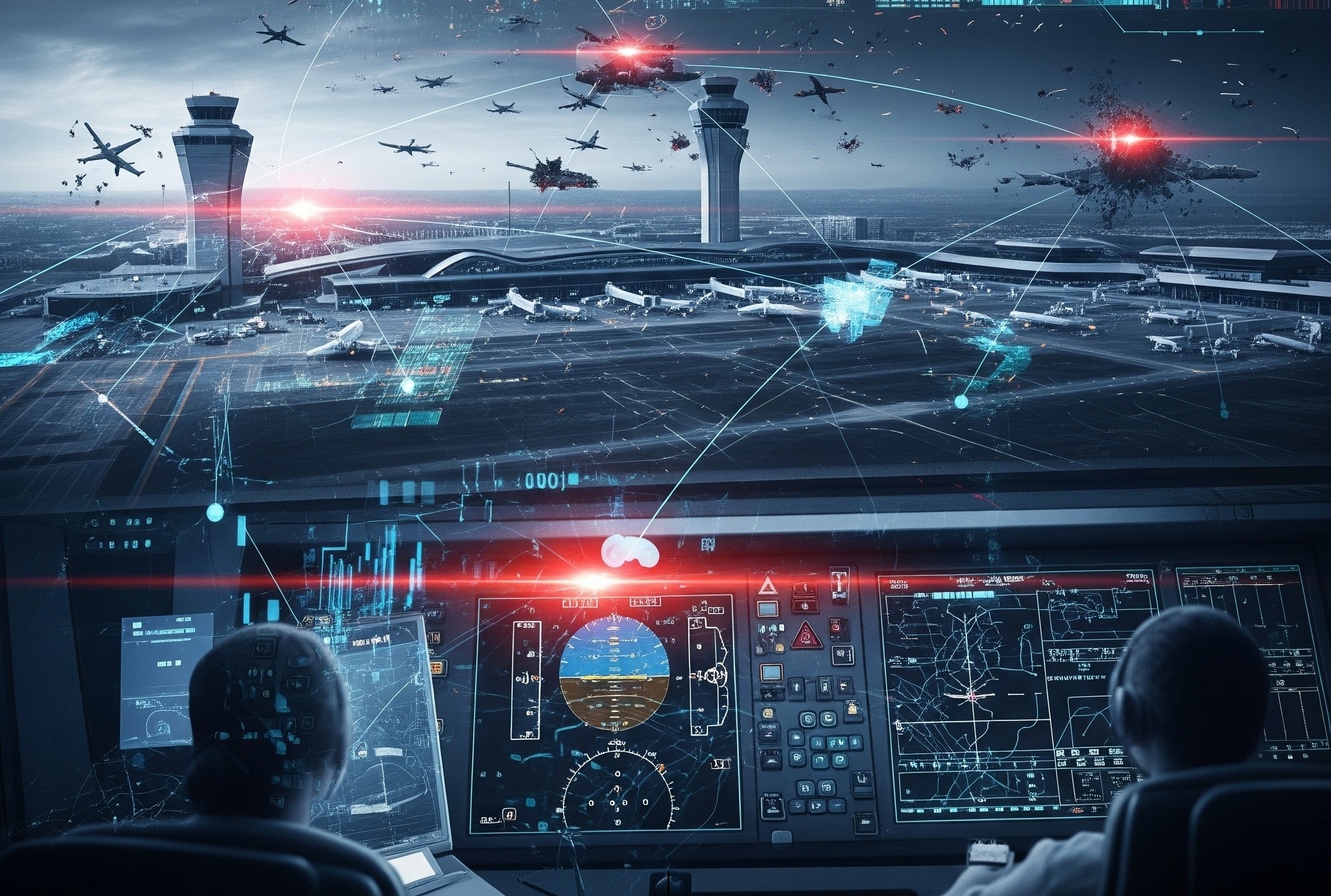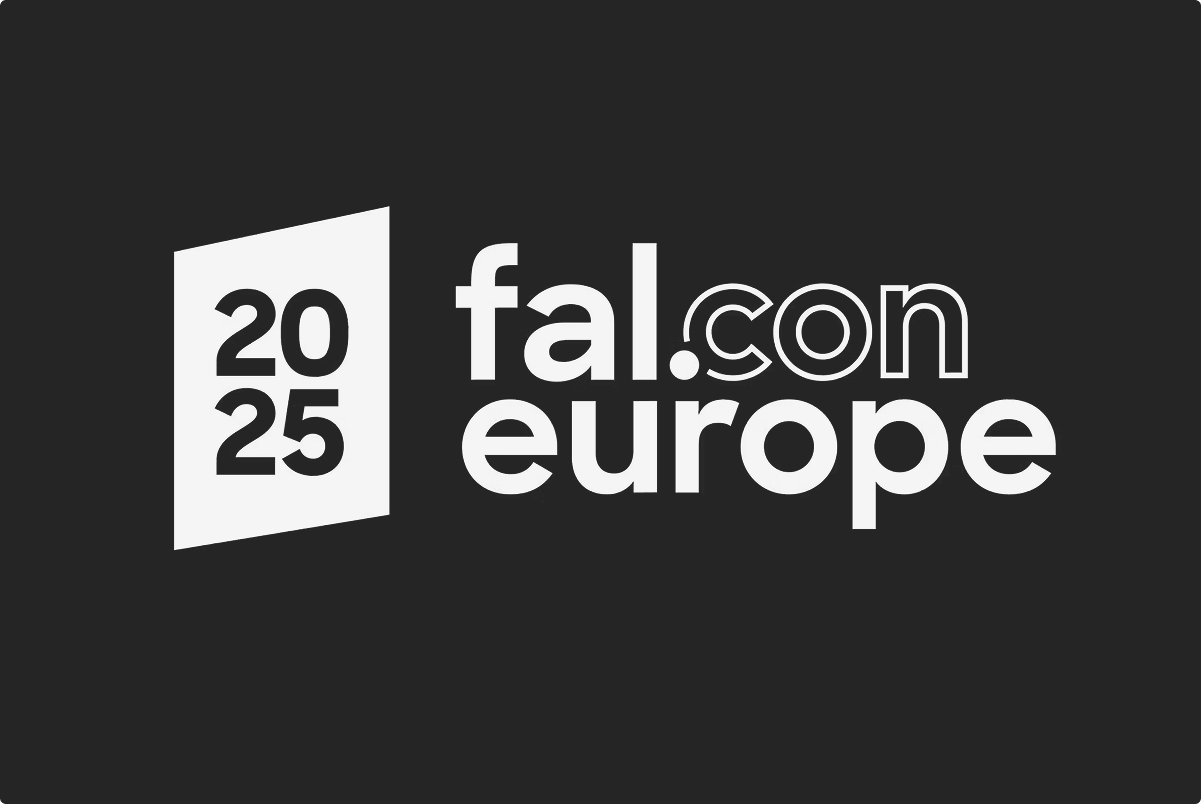
The stark warning from former White House cyber advisor Tom Kellermann – “The cyber 9/11 is coming” – resonates with a chilling accuracy, particularly in the aviation sector. Recent advisories from the FBI highlight a rapidly escalating threat landscape, with cybercriminals actively targeting airlines and their extensive supply chains. The implications of a major cyberattack on this critical infrastructure are profound, threatening not only financial and reputational damage but also passenger safety and national security.
Escalating Threats and Vulnerabilities in Aviation
The aviation industry, with its complex web of interconnected systems and global reach, presents an attractive target for cyber adversaries. Recent incidents involving major airlines like Qantas, WestJet, and Hawaiian Airlines underscore the immediate danger. These attacks, often attributed to sophisticated groups like “Scattered Spider,” exploit various vulnerabilities:
- Third-Party and Supply Chain Weaknesses: A significant entry point for attackers lies within third-party software-as-a-service (SaaS) providers and the broader supply chain. As seen with Qantas, a breach originating from a third-party customer servicing platform can quickly compromise sensitive customer data. The FBI explicitly warns that threat actors target “large corporations and their third-party IT providers,” meaning any entity in the airline ecosystem, from vendors to contractors, is at risk.
- Data Extortion and Ransomware: Cybercriminal groups are actively deploying ransomware and engaging in data extortion. They gain access to internal systems by impersonating employees or contractors, bypassing security measures through social engineering, and even leveraging tactics to bypass multi-factor authentication. Once inside, their aim is often to steal sensitive data for illicit monetisation.
- Interconnected Digital Systems: Modern airlines rely heavily on interconnected digital infrastructure for everything from reservation systems and flight planning to maintenance and air traffic control. A single breach can cascade into widespread operational disruptions, data theft, and even compromise critical flight safety measures. Experts highlight that antiquated technology in air traffic control and aviation systems further exacerbates this vulnerability.
- “Retailer” Profile and High-Value Data: While physical operations often run on legacy IT and operational technology (OT), the primary motivation for many recent attacks appears to be data theft. Airlines handle vast amounts of high-value customer data, making them a “goldmine” for cybercriminals seeking to facilitate fraud or sell information on the dark web.
The risk extends beyond data breaches. As aircraft become “flying data centers” with increasing connectivity, the potential for attackers to compromise weather feeds, ground systems, or even flight safety directly becomes a terrifying reality. The FBI’s warning suggests that these attacks are shifting from isolated incidents to coordinated campaigns, with nation-state and non-state actors keenly observing and potentially preparing to exploit aviation vulnerabilities.
Strengthening Aviation Cybersecurity: A Collaborative Imperative
Given the intricate and interdependent nature of the aviation industry, a fragmented approach to cybersecurity is no longer viable. Securing the entire supply chain requires a collaborative and multi-faceted strategy:
- Holistic Risk Management: Organisations within the aviation supply chain must adopt comprehensive cyber supply chain risk management frameworks. This includes rigorous cybersecurity assessments during supplier onboarding, continuous monitoring of vendor networks for vulnerabilities, and a clear flow-down of cybersecurity requirements to all suppliers, regardless of their size.
- Robust Security Protocols: Implementation of stringent security protocols such as Zero Trust Architecture, widespread adoption of multi-factor authentication (MFA) across all systems, and strong data encryption (both in transit and at rest) are no longer optional but foundational necessities.
- Incident Response and Resilience: Developing robust disaster recovery and incident response plans is crucial. The ability to quickly detect, contain, and recover from cyber incidents can significantly mitigate their impact.
- Information Sharing and Collaboration: Sharing threat intelligence with industry peers, government agencies, and stakeholders is vital for improving collective defenses. Industry consortiums and government partnerships play a critical role in facilitating this exchange.
- Employee Training and Awareness: Human error remains a significant vulnerability. Ongoing employee training, including simulated phishing tests, can foster a cyber-aware culture and reduce the risk of social engineering attacks.
Mondas: Supporting Supply Chain Resilience
While the threat of a “cyber 9/11” in aviation is palpable, dedicated efforts and innovative solutions are essential for building a resilient future.
Organisations in the aviation industry should prioritise partnering with established cybersecurity providers that offer proven solutions for supply chain risk assessment, threat detection, incident response, and compliance with aviation-specific cybersecurity standards. By proactively addressing vulnerabilities across the entire ecosystem, the aviation industry can better prepare for and defend against the escalating cyber threats of today and tomorrow.
Challenge Mondas to simplify your cyber goals. Let’s chat – book a free, no-obligation call today.





